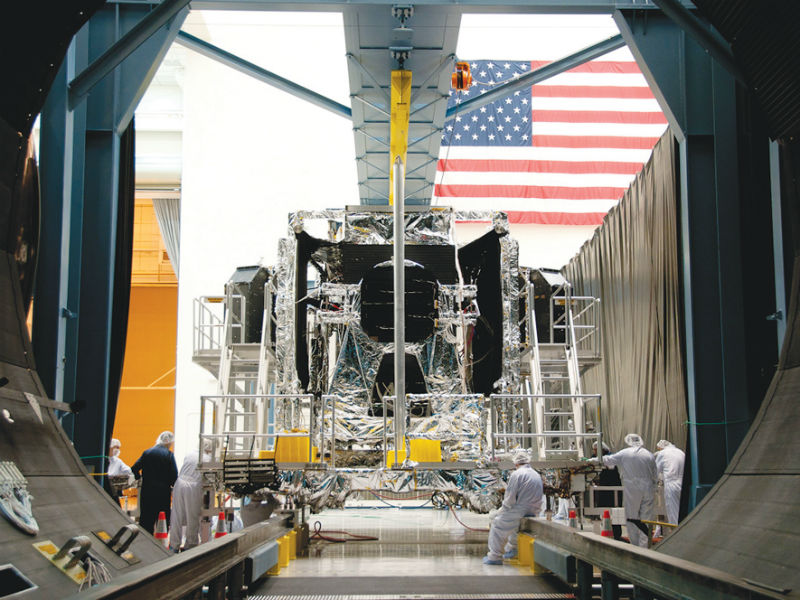
Atlas V Rocket with US Air Force’s surveillance satellite ‘SBIRS GEO-3’ Takes Wings
A U.S. Air Force satellite, called Atlas V Rocket is all set to take off on Friday night, 20th January 2017, from Cape Canaveral, Florida. The rocket was previously scheduled to take wings on Thursday, but because of a glitch on rocket’s sensor part, the mission postponed to today. The rocket is designed to identify opponent missiles in the United State.
Initially, the launch was scheduled for 7:46 PM ET, on Thursday night. But due to the unexpected technical malfunction in sensors on the rocket, The United Launch Alliance delayed the launch event to the next day. As per the reschedules agenda, the take off of the Atlas V will be held on Friday at 7:22 PM ET. If the ULA again canceled the launch event; then it will be shifted to Saturday. The 194-foot Atlas V rocket of the United Launch Alliance has already rolled to its Launch Complex 41 pad, on Wednesday morning alongside the third satellite of the Space Based Infrared System, or SBIRS, powered by the US military.
Owned and Operated by The United Launch Alliance, the Atlas V rocket will blast off from the launch pad at Cape Canaveral, Florida. The rocket, through the launch event, will transmit an infrared surveillance space probe, which will keep an eye on the adversary satellites and missiles in the region of the US Air Force. The rocket will send a surveillance satellite into the high orbit of space for the sake of the US Air Force.
The surveillance satellite, which will be launched through the Atlas V rocket, is named as ‘SBIRS GEO-3’. The satellite is a crucial part of the Space-Based Infrared System, or SBIRS, operated by the Defense Department of the United State. The operation is an observation initiative will provide the US Air Force early caution of projectile launches all through the world. It means, US Air Force, through its latest observation mission will be aware of the entire missile launch, taken place anywhere across the globe. Specifically, through this space operation, SBIRS is planning to catch the particular heat signatures that missiles once launched produce. Once a missile takes off to skies, the satellite will notify the US military and hence they will get enough time to set out suitable missile protection systems if the situation demands.


